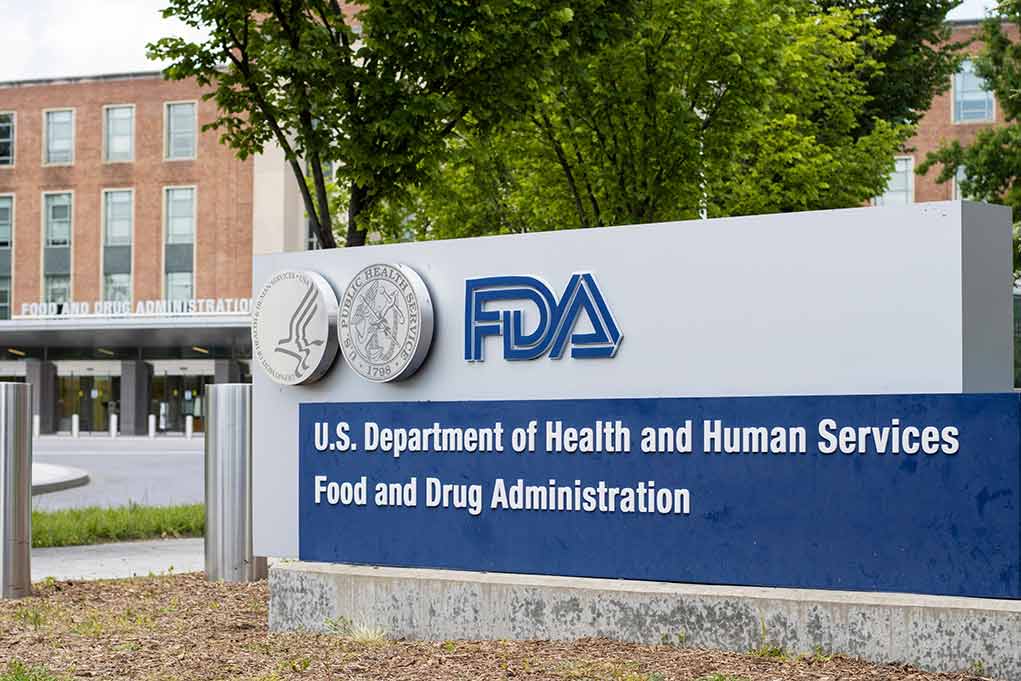
The FDA proposes a drastic reduction in cigarette nicotine levels, potentially reshaping the tobacco industry.
At a Glance
- FDA proposes reducing nicotine in cigarettes to 0.7 mg per gram of tobacco.
- The move aims to make cigarettes less addictive and unappealing.
- Some concerns have arisen about potential black market growth and criminalization
- The proposal’s fate remains uncertain amid political opposition and potential legal challenges.
FDA’s Bold Move Against Nicotine
The Food and Drug Administration (FDA) has put forward a proposal that could dramatically alter the landscape of tobacco consumption in the United States. The agency aims to slash nicotine levels in cigarettes to a mere 0.7 milligrams per gram of tobacco, a significant reduction from the current average of 17.2 milligrams. This move could change the tobacco industry as we know it.
The proposed rule would apply to cigarette tobacco, pipe tobacco (excluding shisha), and cigars (excluding “premium” cigars). By removing the psychoactive effects of nicotine, the FDA hopes to make these products unappealing to current and potential smokers. The agency projects that this initiative could prevent 48 million Americans from starting to smoke by 2100, a substantial public health achievement if realized.
FDA moves to cut nicotine from cigarettes, in plan first floated under Trump https://t.co/lRaJoQa45q
— CBS Evening News (@CBSEveningNews) January 15, 2025
Potential Benefits and Concerns
Proponents of the measure emphasize its potential to save lives and reduce the burden of smoking-related illnesses. Smoking remains a leading cause of preventable death in the United States, responsible for over 480,000 deaths annually from various diseases. The FDA’s proposal aims to encourage the 12% of Americans who use combustible tobacco to either quit or switch to less harmful alternatives like e-cigarettes.
“This action, if finalized, could save many lives and dramatically reduce the burden of severe illness and disability,” FDA Commissioner Robert Califf said.
However, critics of the proposal raise concerns about unintended consequences. Some argue that drastically reducing nicotine levels could lead to the creation of a large black market for full-strength cigarettes, potentially criminalizing currently legal transactions. This scenario draws parallels to the challenges faced during alcohol prohibition and the ongoing war on drugs.
Industry Impact and Implementation Challenges
The tobacco industry faces a seismic shift if this proposal becomes reality. Cigarette manufacturers would have two years to comply with the new nicotine limits once the rule is finalized. Some companies have already begun preparing for this possibility. The 22nd Century Group, for instance, has developed genetically engineered tobacco with 96% lower nicotine, which received FDA authorization in 2021.
“Even if some amount of illicit trade develops, we will still have a significantly greater magnitude of benefits that would outweigh any impacts of potential illicit markets.” Brian King, head of FDA’s Center for Tobacco Products, has said.
Despite the FDA’s optimism, the path forward for this proposal is far from clear. Opposition has already emerged, with attempts to block funding for nicotine limits. The tobacco industry is expected to mount legal challenges, potentially delaying implementation for years. The FDA is preparing for these battles, with Commissioner Califf acknowledging the need for “airtight” research to withstand court challenges.
The Road Ahead
As the FDA moves forward with its proposal, it has opened a nine-month public comment period. This step allows stakeholders from all sides to voice their opinions and concerns before any final decisions are made. The agency must carefully navigate the complex interplay of public health benefits, potential unintended consequences, and industry pushback.
The future of this proposal remains uncertain, with potential changes under new administration leadership and the looming specter of legal challenges. However, if successful, this initiative could mark a turning point in the fight against tobacco-related deaths and illnesses in the United States. As the debate unfolds, policymakers, health advocates, and industry representatives will need to grapple with the complex balance between public health goals and the potential risks of over-regulation.
Sources
- FDA moves to cut nicotine from cigarettes, in plan first floated under Trump
- The FDA Proposes a De Facto Cigarette Ban, Which Would Expand the Disastrous War on Drugs
- FDA releases plan to make cigarettes less addictive, but its fate rests with Trump












